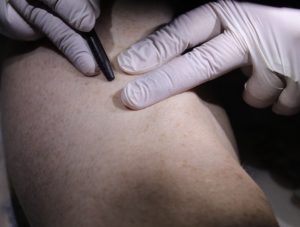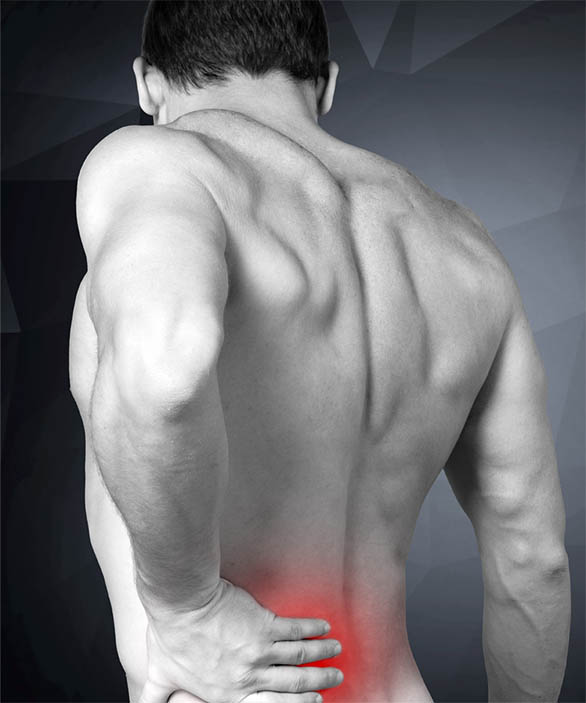Electrolysis Removes Red Hair
My client could not undergo laser hair removal treatment. That process does not work on red hair.
Electrolysis removes red hair.
She came to Alpha Electrolysis in Wallingford, CT, after a consultation with a laser technician. I was able to help her, permanently removing the red hair. Her sensitive skin was a challenge I handled, trying different settings until I found the right one that removes red hair on her legs.
“I was able to treat her for her sensitive skin and able to kill her red hair.”

Red hair electrolysis
Removing unwanted body hair can be tricky. You have to make the right decision about which option is best for your type of hair. Should you get laser hair removal treatment or electrolysis?
Your decision about which option to pick can get (dare I say it?) hairy if you have red hair. And your selection narrows if you have sensitive skin.
As an electrologist, clients come to my clinic with all types of hair for permanent removal. While some try to make the argument that laser can get rid of red hair, there is no truth to that position.
Individuals with pale complexions and dark hair can be the best clients for laser treatments. In some cases, laser treatments get rid of about 40 percent of the hair. But the bigger problem is that the process is not permanent.
Best hair removal treatment for redheads
Electrolysis, which is a permanent hair removal process, is the method that removes red hair and you should pick if you have red hair. The electrolysis process destroys the hair follicle through chemical or heat. The electrologist inserts a fine probe into each hair follicle and removes it with a tweezer. You will see some reddening of the skin, but that side effect is temporary.
Hair removal is also known as epilation or depilation. People begin to see hair during and after puberty. Men tend to have thicker, more visible body hair. Men and women get hair on their head, pubic region, arms, eyebrows, eyelashes, armpits, and legs. Men and some women also grow thicker hair on the face, back, abdomen, and chest.
We serve clients in Wallingford, CT, Branford, Durham, New Haven, North Haven, Cromwell, Rocky Hill. Berlin, Southington, and West Hartford. Contact us for a free consultation.





